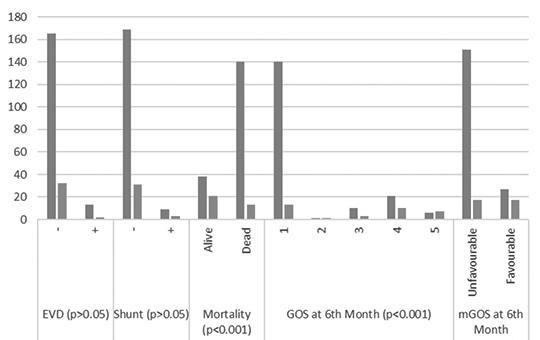[The problems caused by the COVID-19 epidemic have the worst impact on chronic patient populations. People with chronic pain are one of the most vulnerable groups due to stress, disruption of daily routine, family problems, illness and difficulty in hospital care. It is therefore essential to assess the situation and mental well-being of this group. The aim of this survey was to assess chronic pain patients during the COVID-19 pandemic, addressing psychological background factors that might affect pain symptoms, such as depression, emotion regulation, alexithymia, well-being, health literacy and social support.
158 people participated in the survey, reporting pain for at least 3 months but had not received medical treatment. Data was collected at two dates: February and December 2021. Participants completed an online questionnaire due to the pandemic situation. The following six psychological questionnaires were used in the survey: Toronto Alexithymia Scale, Beck Depression Inventory 9-item version, Difficulty in Emotion Regulation Scale, Multidimensional Scale of Perceived Social Support, Chew-questions measuring health literacy, WHO Well-being Index.
The participants ranged from 20 to 80 years in age, of whom 140 (88%) were female. 42 participants (27%) achieved severe alexithymia. 118 people (75%) had depression, of which 72 people (46%) had mild depression, 26 (16%) had moderate depression, and 20 (13%) had severe depression. The degree of pain and alexithymia (r(158) = 0.16, p = 0.004), depression (r(158) = 0.41, p < 0.001), difficulties in emotion regulation (r(158) = 0.26, p = 0.004), and health literacy, and difficulties in emotion regulation (r(158) = 0.25, p = 0.001) were positively and significantly related.
In addition to the characteristic comorbidities of people living with pain (e.g. anxiety, emotion disorder, sleep disorder), the epidemic-induced prolonged social isolation, stress and fear of illness may explain the proportion of high depression, emotion regulation difficulties or health literacy problems in the study sample which exacerbate alexithymia and the degree of pain. Based on these results it is important to draw the attention of professionals to the appropriate health care and educational needs of those affected.]





COMMENTS
0 comments